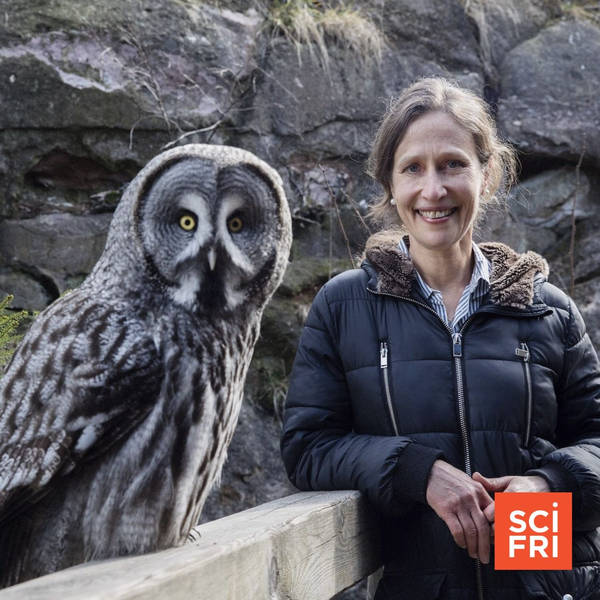
Unmasking Owls’ Mysteries | Why It Feels So Good To Eat Chocolate
Don’t let owls’ cute faces fool you—they’re deadly predators. This duality is part of what makes them so mysterious to humans. And their contradictions don’t end there: Their hoots are among the most distinctive bird sounds, yet owls are nearly silent when gliding through the air to catch their prey.
Scientists are learning more about why owls are such good predators—how their hearing and night vision are so sharp, and their flight so silent. With new technology, researchers are also decoding owl communications, increasing our understanding of their social structures and mating habits.
John Dankosky talks about all things owls with Jennifer Ackerman, author of the new book, What An Owl Knows: The New Science of the World’s Most Enigmatic Birds.
Why It Feels So Good To Eat ChocolateWhen you eat a piece of good chocolate, chances are you don’t just bite down and chew away. There’s a good chance you hold the chocolate in your mouth for a moment, feeling the silkiness as it softens, melting into a molten mass and mixing with your saliva. That gradual phase change process—as fats in the chocolate melt from solid to liquid—is a big part of the chocolate mouthfeel experience.
Researchers at Leeds University in the UK have constructed an artificial tongue that doesn’t focus on the taste of a food, but rather its texture, and how that texture changes over time. Using the artificial tongue, they explored the textures of materials that can change phase in the mouth, such as chocolate, butter, and ice cream.
They reported their findings in the journal ACS Applied Materials & Interfaces. The researchers found that in dark chocolate, the sensation in the mouth is governed largely by the fat content, as the surface of the chocolate begins to soften. A few moments later, as the chocolate melts completely and mixes with saliva, the fat content of the treat is less important to the mouthfeel experience.
Dr. Anwesha Sarkar, an author of the report, joins Ira to talk about the research, the challenge of designing a lower-fat chocolate that might exploit these findings, and the importance of learning about textures to determine why people like—and don’t like—certain foods.
Transcripts for each segment are available on sciencefriday.com.
Subscribe to this podcast. Plus, to stay updated on all things science, sign up for Science Friday's newsletters.
